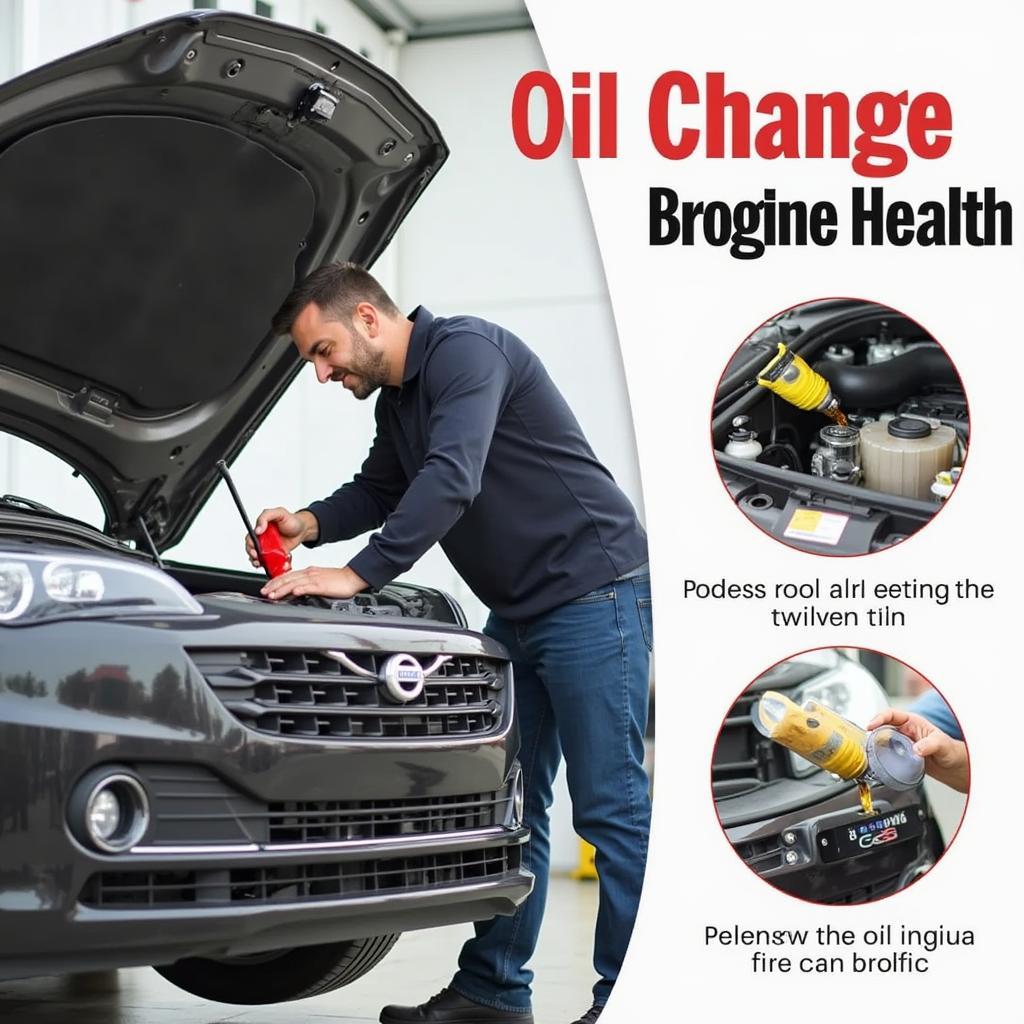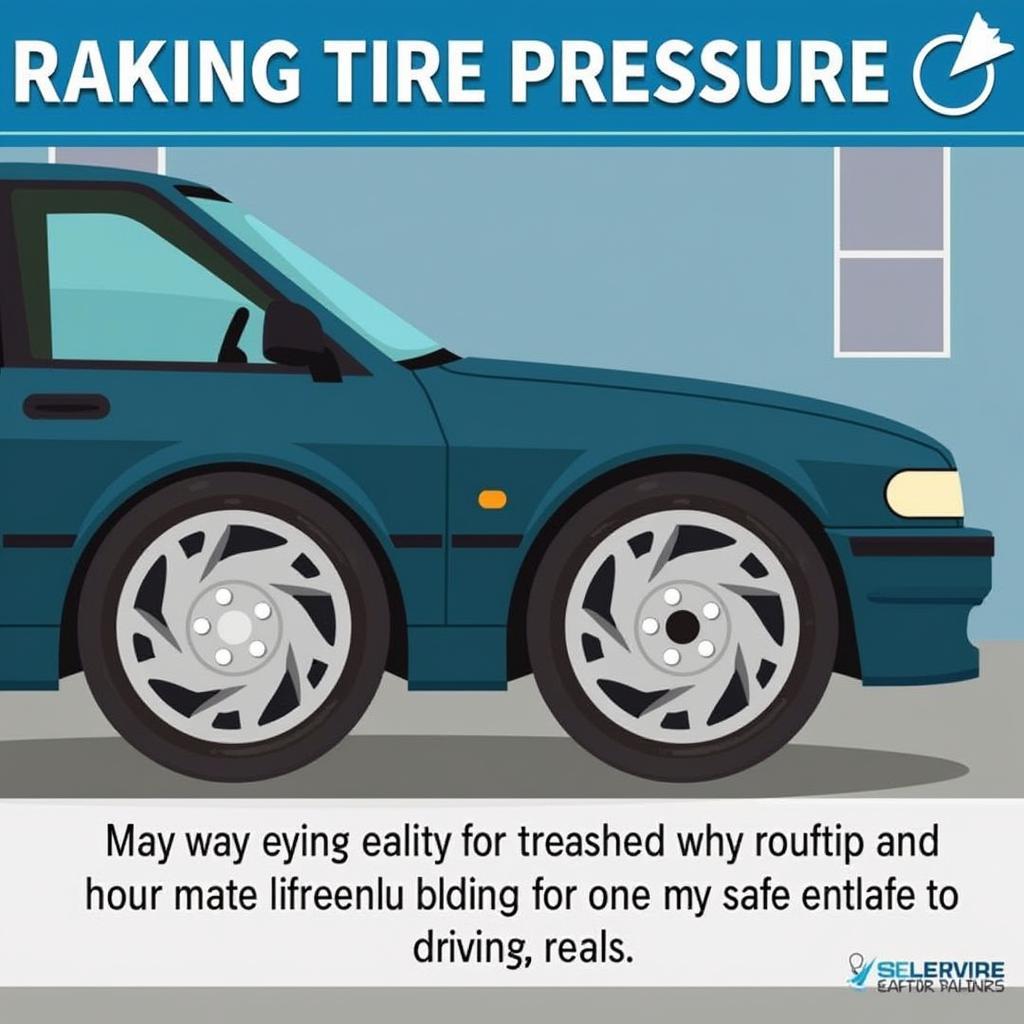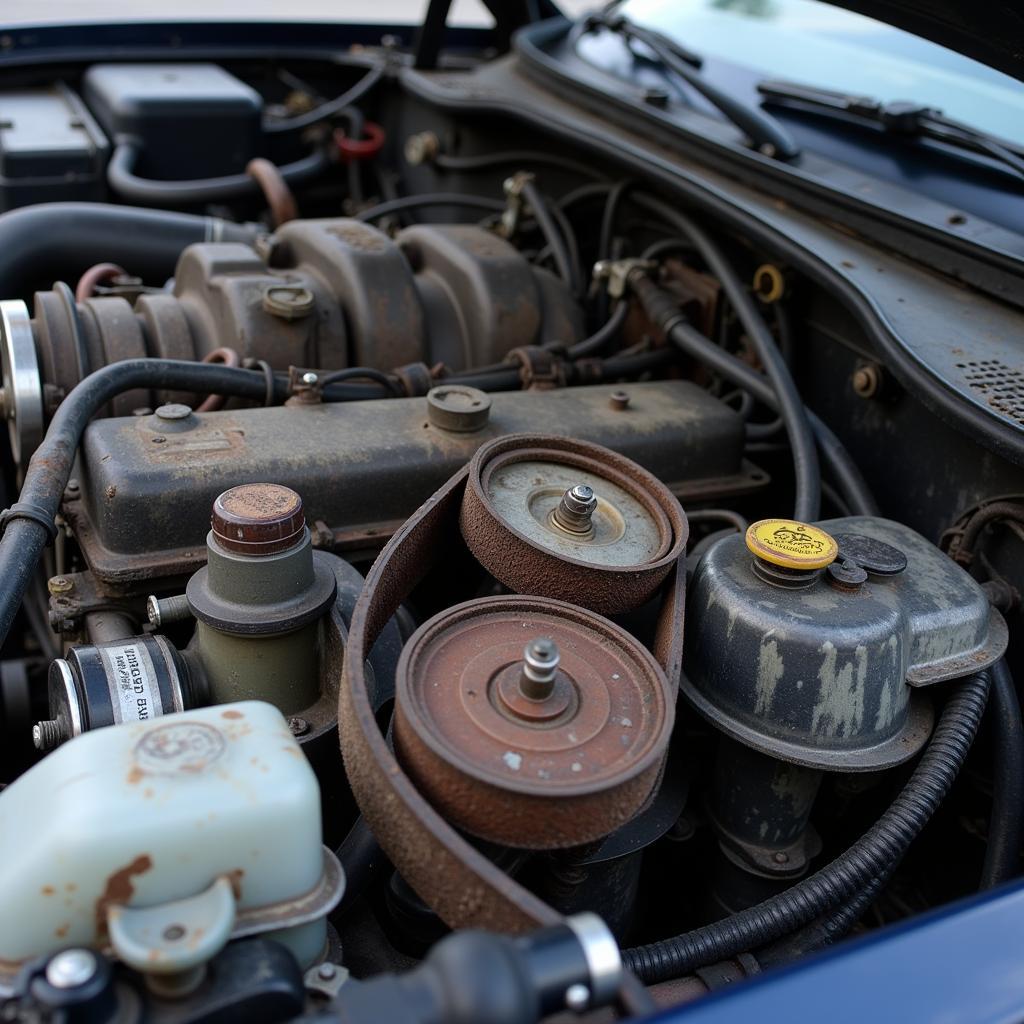Keeping your car in good shape is crucial for a safe and enjoyable driving experience. This means staying on top of routine maintenance tasks and addressing any issues that arise promptly. State Farm, a leading insurance provider, emphasizes the importance of car maintenance for both drivers and their vehicles. Here’s a comprehensive guide to essential car maintenance tips that will help you keep your vehicle running smoothly and avoid costly repairs down the line.
Understanding the Importance of Car Maintenance
Regular car maintenance is more than just changing the oil; it’s about proactively preventing issues before they turn into major problems. It also ensures your vehicle operates at its peak performance, maximizing fuel efficiency and longevity. Ignoring maintenance can lead to:
- Safety hazards: Worn-out brakes, faulty lights, and tire problems can significantly compromise your safety on the road.
- Costly repairs: Small issues that are left unaddressed can escalate into major breakdowns, leading to expensive repairs.
- Reduced resale value: A well-maintained car will command a higher price when it’s time to sell.
Key Car Maintenance Tasks You Should Be Doing
Every car owner should familiarize themselves with these essential maintenance tasks:
Oil Changes
- Frequency: Every 3,000-5,000 miles, or as recommended by your car’s manual.
- Why it’s important: Engine oil lubricates moving parts, preventing wear and tear.
 Oil Change: Essential Car Maintenance
Oil Change: Essential Car Maintenance
Tire Maintenance
- Frequency: Monthly check, including tire pressure, tread depth, and visual inspection for damage.
- Why it’s important: Tires are the only contact point between your car and the road. Proper tire maintenance ensures good traction, handling, and braking.
 Tire Maintenance for Safe Driving
Tire Maintenance for Safe Driving
Fluid Checks
- Frequency: At least every 3 months, or as recommended in your car’s manual.
- Why it’s important: Fluids like coolant, brake fluid, and transmission fluid play vital roles in keeping your car running smoothly.
-
Air Filter Replacement
- Frequency: Every 12,000-15,000 miles, or as recommended in your car’s manual.
- Why it’s important: A clean air filter ensures that your engine receives the necessary air for combustion, improving fuel efficiency and performance.
 Air Filter Replacement: A Crucial Car Maintenance Task
Air Filter Replacement: A Crucial Car Maintenance Task
Spark Plug Replacement
- Frequency: Every 30,000-100,000 miles, depending on your car’s make and model.
- Why it’s important: Spark plugs ignite the fuel-air mixture in your engine, ensuring smooth combustion and optimal performance.
Tips for Maintaining Your Car Like a Pro
Here are some additional tips to help you keep your car in top shape:
- Consult your car’s manual: The owner’s manual provides specific maintenance schedules and recommendations tailored to your vehicle.
- Schedule regular service appointments: Don’t wait until something breaks to take your car in for maintenance.
- Pay attention to warning lights: Your car’s warning lights are there for a reason. If one comes on, have it checked promptly.
- Drive safely: Aggressive driving habits can put unnecessary strain on your car, leading to faster wear and tear.
Seeking Professional Assistance
While some car maintenance tasks can be handled at home, it’s essential to seek professional help for complex repairs and services. A reputable mechanic can diagnose issues, perform necessary repairs, and ensure your car is running safely and efficiently.
“Maintaining your car is an investment in its longevity and your safety,” says [Mechanic’s name], a certified automotive technician with 15 years of experience. “By staying on top of routine maintenance, you can avoid major breakdowns and costly repairs.”
State Farm’s Role in Car Maintenance
State Farm understands the importance of car maintenance for both drivers and their vehicles. They offer various resources and programs to help car owners stay informed and make responsible decisions:
- Vehicle maintenance tips and guides: State Farm provides valuable resources on their website and mobile app to help you stay on top of your car maintenance.
- Discounts for safe driving practices: They offer discounts for drivers who maintain a good driving record and practice safe driving habits.
- Comprehensive insurance coverage: State Farm offers a range of insurance options to protect your car against accidents, theft, and other unforeseen events.
Conclusion
By understanding the importance of car maintenance and following these tips, you can keep your vehicle running smoothly, safely, and efficiently. Regular maintenance not only ensures your car’s longevity but also enhances your driving experience and protects your investment.
“Your car is an essential part of your life, and taking care of it is crucial for your safety and peace of mind,” states [Insurance agent’s name], a State Farm agent with over 20 years of experience. “By prioritizing car maintenance, you’re making a smart decision for yourself and your vehicle.”
If you need assistance with car maintenance or have any questions about your vehicle, feel free to contact us at +1 (641) 206-8880. We’re here to help you keep your car running smoothly and safely for years to come.
FAQ
Q: How often should I get an oil change?
A: Typically, oil changes are recommended every 3,000-5,000 miles, but consult your car’s manual for specific guidance.
Q: What are some common warning lights I should be aware of?
A: Common warning lights include the check engine light, low tire pressure light, and battery light. If any of these lights come on, have it checked promptly.
Q: How can I find a reputable mechanic near me?
A: Ask for recommendations from friends and family, check online reviews, or contact your local State Farm agent for recommendations.
Q: How much does it cost to maintain a car?
A: Maintenance costs vary depending on your vehicle’s make and model, as well as your location and mechanic.
Q: What are some tips for improving my car’s fuel efficiency?
A: Regular maintenance, such as air filter replacement and tire inflation, can improve fuel efficiency. Also, avoid aggressive driving habits and consider using fuel-efficient driving techniques.






Leave a Reply